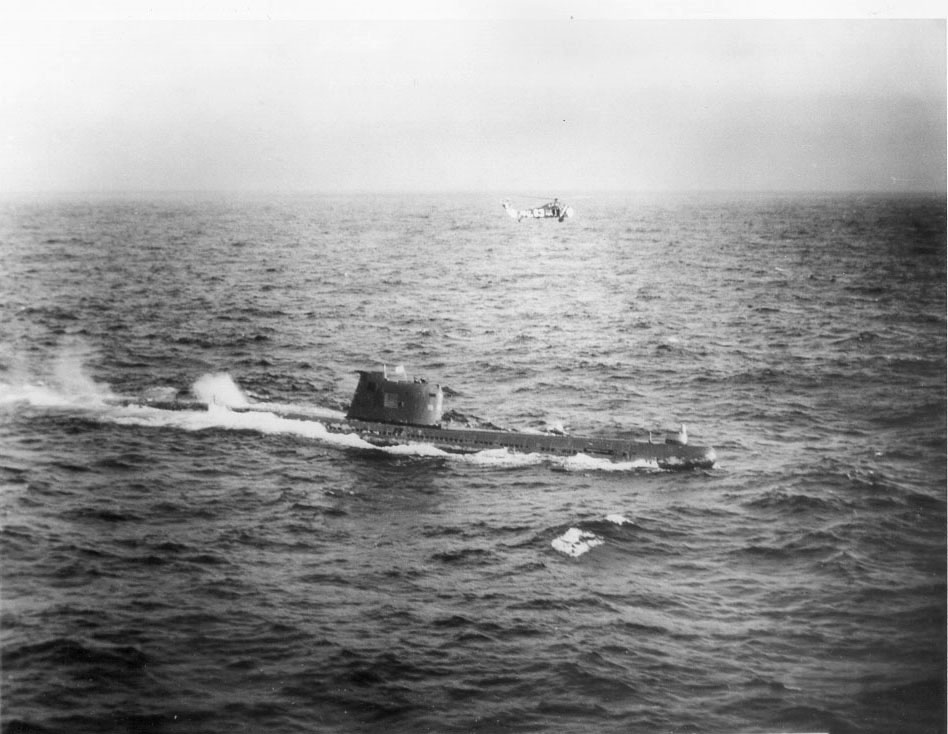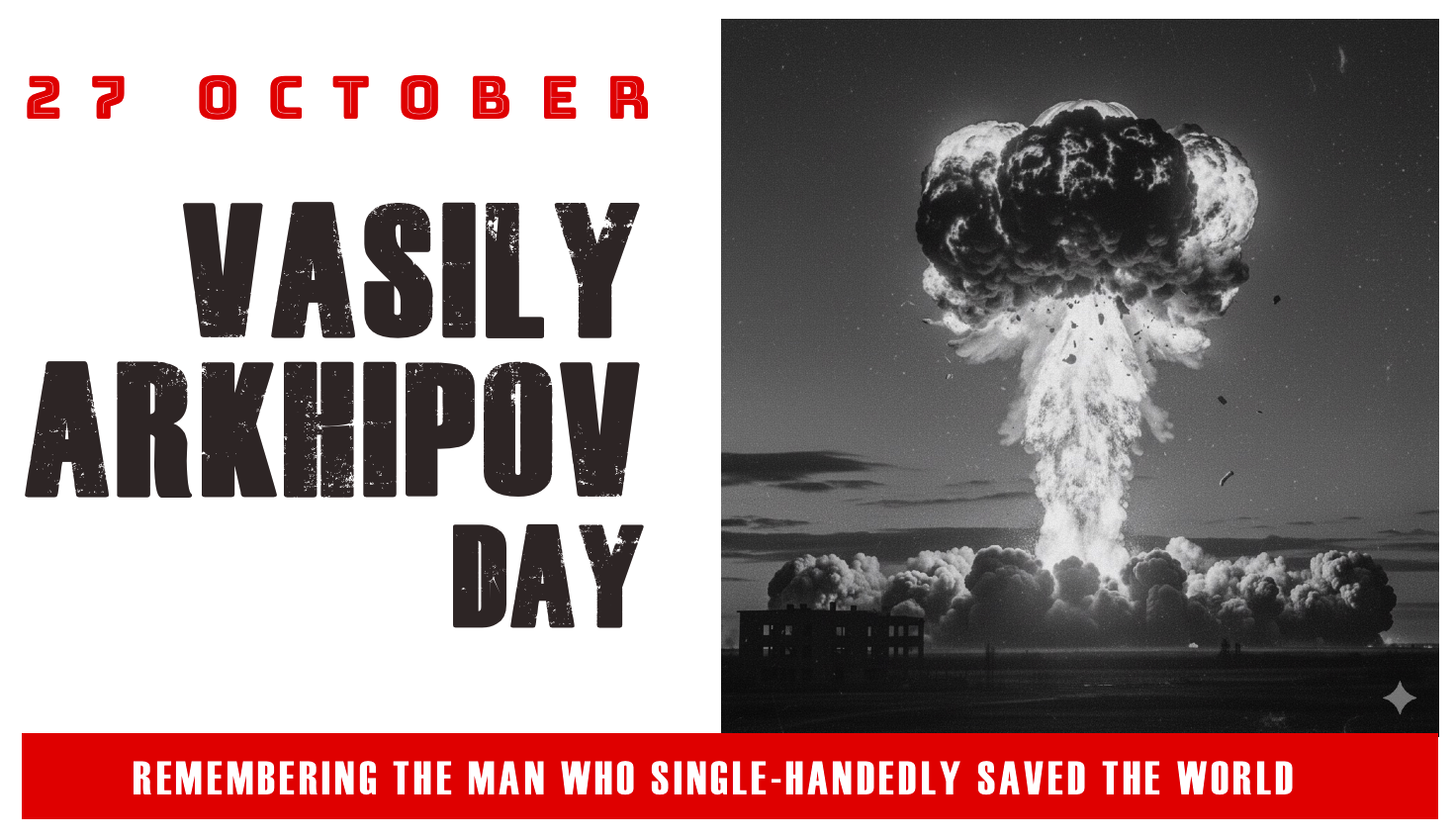Vasily Arkhipov: The Man Who Averted Nuclear Catastrophe

Image: A K-19 Ballistic Missile Submarine
Early Life
Vasily Aleksandrovich Arkhipov
Born on 30 January 1926 in Staraya Kupavna near Moscow, Arkhipov came from humble peasant roots. He began his naval education at the Pacific Higher Naval School and served aboard a minesweeper during the Soviet–Japanese War in 1945. After transferring to the Azerbaijan Higher Naval School, he graduated in 1947 and embarked on a career in the Soviet submarine fleet, serving in the Black Sea, Northern, and Baltic Fleets.
The K-19 Reactor Crisis
Arkhipov’s first brush with nuclear disaster came in July 1961 aboard the Hotel-class ballistic missile submarine K-19. As deputy commander, he witnessed a catastrophic failure in the reactor coolant system during exercises off Greenland. With no communication link to Moscow and no backup systems, the crew faced a potential meltdown.
Captain Nikolai Zateyev ordered the engineering team to improvise a solution, exposing themselves to lethal radiation. Though a secondary coolant system was devised, the cost was tragic: all seven engineers and their divisional officer died within a month, and 15 more sailors succumbed over the next two years. Arkhipov himself was irradiated but survived.
Later Career and Legacy
After Cuba, Arkhipov’s career continued with distinction. He was promoted to rear admiral in 1975 and later became head of the Kirov Naval Academy. In 1981, he attained the rank of vice admiral before retiring in the mid-1980s. He spent his final years in Zheleznodorozhny, Moscow Oblast, passing away from kidney cancer on 19 August 1998—possibly linked to his earlier radiation exposure.
